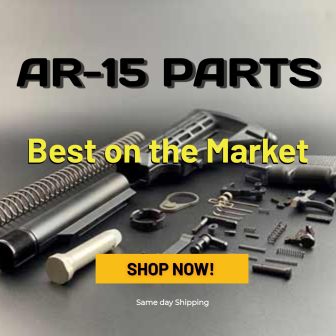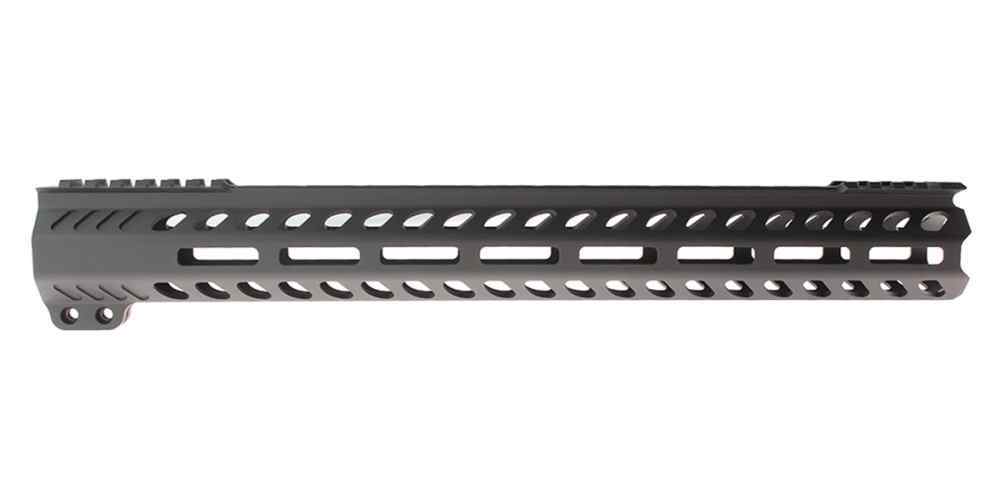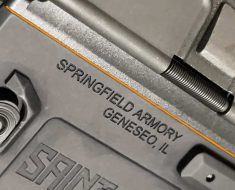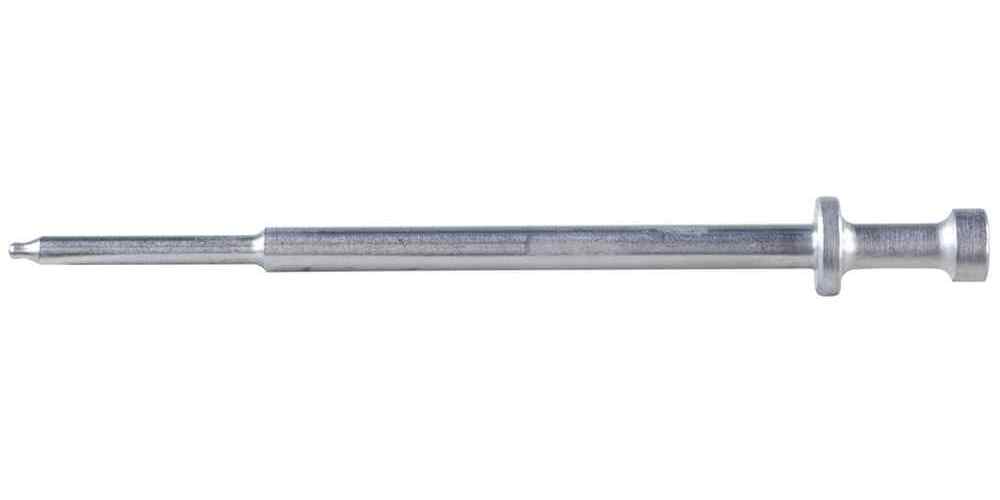“Choose quality for your AR15 repairs: OEM vs. Aftermarket parts”
Benefits of Using OEM Parts for AR15 Repairs
When it comes to repairing your AR15, one of the key decisions you’ll need to make is whether to use OEM (Original Equipment Manufacturer) parts or aftermarket parts. While aftermarket parts can sometimes be cheaper and offer more customization options, there are several benefits to using OEM parts for your AR15 repairs.
One of the main advantages of using OEM parts is that they are designed specifically for your AR15 model. This means that they are guaranteed to fit and function properly, ensuring that your firearm operates safely and efficiently. Aftermarket parts, on the other hand, may not always be compatible with your AR15, leading to potential malfunctions or even safety hazards.
In addition to compatibility, OEM parts are also known for their high quality and durability. Manufacturers of OEM parts adhere to strict quality control standards, ensuring that each part meets the same specifications as the original components in your AR15. This means that OEM parts are less likely to break or wear out prematurely, saving you time and money in the long run.
Another benefit of using OEM parts for AR15 repairs is that they often come with a warranty. This means that if the part fails or malfunctions within a certain period of time, you can get a replacement at no additional cost. Aftermarket parts, on the other hand, may not always come with a warranty, leaving you on the hook for any repairs or replacements that may be needed.
Furthermore, using OEM parts for your AR15 repairs can help maintain the resale value of your firearm. When it comes time to sell or trade in your AR15, having original components installed can increase its value and appeal to potential buyers. Aftermarket parts, on the other hand, may lower the resale value of your firearm, as they are often seen as inferior or less desirable than OEM parts.
Overall, the benefits of using OEM parts for AR15 repairs are clear. From compatibility and quality to warranty coverage and resale value, OEM parts offer a number of advantages that make them the preferred choice for many gun owners. While aftermarket parts may have their place in certain situations, when it comes to keeping your AR15 in top condition, sticking with OEM parts is the way to go.
Advantages of Aftermarket Parts for AR15 Repairs
When it comes to repairing your AR15, you may find yourself faced with the decision of whether to use OEM (Original Equipment Manufacturer) parts or aftermarket parts. While OEM parts are made by the same manufacturer as your firearm, aftermarket parts are produced by third-party companies. In this article, we will explore the advantages of using aftermarket parts for AR15 repairs.
One of the main advantages of aftermarket parts is the wide variety of options available. Aftermarket manufacturers often produce parts that are specifically designed to enhance the performance of your AR15. Whether you are looking for a new trigger, handguard, or barrel, you are likely to find a wide range of aftermarket options to choose from. This allows you to customize your firearm to suit your specific needs and preferences.
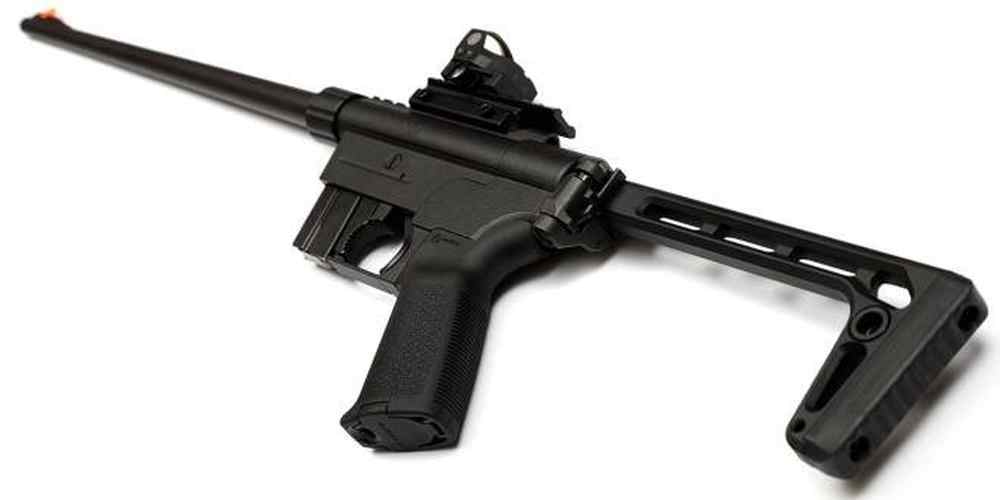
Another advantage of aftermarket parts is their affordability. OEM parts can be expensive, especially if you are purchasing them directly from the manufacturer. Aftermarket parts, on the other hand, are often more budget-friendly. This can be particularly beneficial if you are on a tight budget or if you are looking to make multiple upgrades to your AR15.
In addition to being more affordable, aftermarket parts are often readily available. While OEM parts may need to be ordered directly from the manufacturer, aftermarket parts can typically be purchased from a variety of retailers both online and in-store. This means that you can get the parts you need quickly and easily, without having to wait for them to be shipped to you.
One of the key benefits of aftermarket parts is the opportunity for innovation. Aftermarket manufacturers are constantly developing new and improved parts for AR15s. This means that you have access to the latest technology and advancements in firearm design. By using aftermarket parts, you can stay ahead of the curve and ensure that your AR15 is equipped with the best possible components.
Furthermore, aftermarket parts are often designed with the end-user in mind. This means that they are typically easier to install and use than OEM parts. Many aftermarket manufacturers provide detailed instructions and support to help you with the installation process. This can be particularly helpful if you are new to firearm maintenance or if you are not familiar with the inner workings of your AR15.
In conclusion, there are many advantages to using aftermarket parts for AR15 repairs. From the wide variety of options available to their affordability and ease of installation, aftermarket parts offer a number of benefits that make them a great choice for firearm enthusiasts. Whether you are looking to upgrade your AR15 or simply replace a worn-out part, aftermarket parts can help you get the job done quickly and effectively. So next time you are in need of a repair for your AR15, consider using aftermarket parts to enhance the performance and functionality of your firearm.
Common AR15 Repairs that Require OEM Parts
When it comes to repairing your AR15, it’s important to know when to use OEM parts versus aftermarket parts. OEM, or Original Equipment Manufacturer, parts are made by the same company that produced your firearm, ensuring a perfect fit and compatibility. Aftermarket parts, on the other hand, are made by third-party manufacturers and may not always meet the same quality standards as OEM parts.
One common repair that often requires OEM parts is replacing the bolt carrier group. The bolt carrier group is a critical component of the AR15, responsible for chambering rounds and extracting spent casings. Using an aftermarket bolt carrier group can lead to malfunctions and even safety issues. It’s best to stick with OEM parts for this repair to ensure the reliability and performance of your firearm.
Another repair that should be done with OEM parts is replacing the trigger assembly. The trigger assembly is a complex system that requires precise engineering to function properly. Using an aftermarket trigger assembly can result in a poor trigger pull, inconsistent firing, and even accidental discharges. To maintain the safety and accuracy of your AR15, it’s best to use OEM parts for this repair.
When it comes to replacing the barrel of your AR15, OEM parts are also recommended. The barrel is a critical component that directly affects the accuracy and performance of your firearm. Using an aftermarket barrel can lead to poor accuracy, inconsistent performance, and even damage to your firearm. To ensure the best possible performance, it’s important to use OEM parts when replacing the barrel of your AR15.
In addition to these common repairs, there are other instances where OEM parts are recommended. For example, if you’re replacing the gas system or buffer tube of your AR15, it’s best to use OEM parts to ensure proper function and compatibility. These components play a crucial role in the operation of your firearm, and using aftermarket parts can lead to malfunctions and reliability issues.
While OEM parts are generally recommended for common AR15 repairs, there are some instances where aftermarket parts may be suitable. For example, if you’re looking to upgrade the handguard or stock of your AR15, aftermarket parts can offer a wider range of options and customization. However, it’s important to research reputable manufacturers and ensure that the aftermarket parts you choose are compatible with your firearm.
In conclusion, when it comes to repairing your AR15, it’s important to know when to use OEM parts versus aftermarket parts. For common repairs such as replacing the bolt carrier group, trigger assembly, and barrel, OEM parts are recommended to ensure reliability and performance. However, there are instances where aftermarket parts may be suitable, such as upgrading the handguard or stock. By understanding the differences between OEM and aftermarket parts, you can make informed decisions when repairing your AR15.
Situations Where Aftermarket Parts are Suitable for AR15 Repairs
When it comes to repairing your AR15, there are a few key factors to consider before deciding whether to use OEM parts or aftermarket parts. While OEM parts are designed specifically for your firearm and are guaranteed to fit and function properly, aftermarket parts can offer a more affordable alternative with potentially improved performance. In this article, we will explore situations where aftermarket parts are suitable for AR15 repairs.
One common situation where aftermarket parts may be a good choice is when you are looking to upgrade or customize your AR15. Aftermarket parts come in a wide variety of styles and designs, allowing you to personalize your firearm to suit your preferences. Whether you are looking to improve accuracy, increase durability, or enhance aesthetics, aftermarket parts can provide you with the flexibility to tailor your AR15 to your liking.
Another scenario where aftermarket parts may be beneficial is when OEM parts are difficult to find or are no longer in production. In some cases, manufacturers may discontinue certain parts or accessories for older models of firearms, making it challenging to find replacements. By turning to aftermarket options, you can often find compatible parts that are readily available and can help you keep your AR15 in working order.
Additionally, aftermarket parts can sometimes offer improved performance over OEM parts. Manufacturers of aftermarket parts may use higher quality materials or innovative designs that can enhance the functionality of your AR15. Whether you are looking to increase accuracy, reduce recoil, or improve ergonomics, aftermarket parts can provide you with options to optimize the performance of your firearm.
It is important to note that not all aftermarket parts are created equal, and it is essential to do your research before making a purchase. Look for reputable manufacturers with a track record of producing high-quality parts that are compatible with your AR15. Reading reviews and seeking recommendations from fellow gun enthusiasts can also help you make an informed decision when selecting aftermarket parts for your firearm.
When considering aftermarket parts for your AR15 repairs, it is crucial to ensure that the parts you choose are compatible with your firearm. Some aftermarket parts may require modifications or adjustments to fit properly, so be prepared to invest time and effort into the installation process. If you are unsure about the compatibility of a particular aftermarket part, consult with a gunsmith or firearms expert for guidance.
In conclusion, aftermarket parts can be a suitable option for AR15 repairs in certain situations. Whether you are looking to upgrade, customize, or improve the performance of your firearm, aftermarket parts can provide you with a cost-effective and versatile solution. By carefully researching and selecting reputable manufacturers, you can find aftermarket parts that meet your needs and help you maintain your AR15 in top condition. Remember to always prioritize safety and follow proper installation procedures when working on your firearm.
Tips for Choosing Between OEM and Aftermarket Parts for AR15 Repairs
When it comes to repairing your AR15, one of the biggest decisions you’ll have to make is whether to use OEM (Original Equipment Manufacturer) parts or aftermarket parts. Both options have their pros and cons, so it’s important to weigh them carefully before making a decision.
OEM parts are made by the same company that produced your AR15, so you can be sure that they will fit and function properly. They are also typically covered by a warranty, so if anything goes wrong, you can get a replacement at no cost. However, OEM parts can be more expensive than aftermarket parts, so you’ll need to decide if the peace of mind is worth the extra cost.
On the other hand, aftermarket parts are made by third-party manufacturers and can often be more affordable than OEM parts. They may also offer additional features or improvements that aren’t available with OEM parts. However, there is a risk that aftermarket parts may not fit properly or may not be as reliable as OEM parts. It’s important to do your research and choose a reputable manufacturer when opting for aftermarket parts.
One factor to consider when deciding between OEM and aftermarket parts is the type of repair you are doing. For simple repairs or routine maintenance, OEM parts are usually the safest bet. They are designed to work seamlessly with your AR15 and are less likely to cause any issues. However, if you are looking to upgrade or customize your AR15, aftermarket parts may be the way to go. They can offer a wider range of options and allow you to personalize your firearm to your liking.
Another consideration is the availability of parts. OEM parts are typically easier to find, as they are sold by the manufacturer of your AR15. Aftermarket parts, on the other hand, may require more research to find the right fit for your firearm. Make sure to check reviews and do your due diligence before purchasing aftermarket parts to ensure that you are getting a quality product.
It’s also important to consider the impact that using aftermarket parts may have on your warranty. Some manufacturers may void your warranty if you use aftermarket parts, so be sure to check your warranty agreement before making any repairs. If your warranty is a concern, sticking with OEM parts may be the safer option.
Ultimately, the decision between OEM and aftermarket parts comes down to your personal preferences and budget. If you value reliability and peace of mind, OEM parts may be the best choice for you. If you are looking to customize or upgrade your AR15, aftermarket parts may be the way to go. Whichever option you choose, make sure to do your research and choose quality parts from a reputable manufacturer to ensure the best performance from your AR15.


